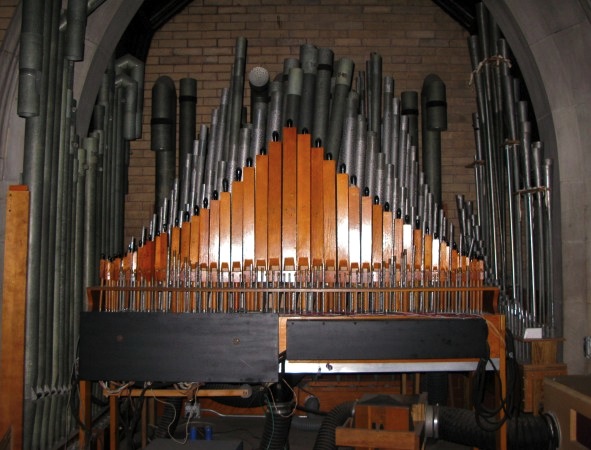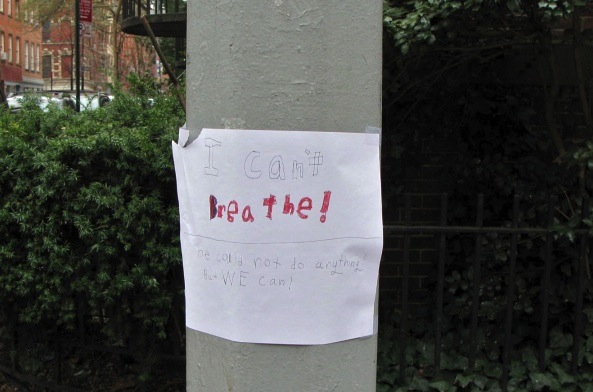Where have I been?
I got hit with some weird, but not horrible virus. I feel better now so I’m off to see Selma. I haven’t been doing much except watching tv, and there wasn’t a lot on. Watched West Side Story for the millionth, billionth time. It still amazes me how that movie contains one great song after another. I can’t imagine writing just one, imagine writing so many. What must it feel like? Although, maybe for the person (Bernstein in this case), since they know no other way, they just feel normal about the whole thing.
Imagine if all hugely talented people had to endure a period of being without their gifts, and less talented people got to experience what it was like to be able to create something so great. No. The hugely talented people might benefit from it, but it would be just too cruel to everyone else. Or maybe not. Being that accomplished must be a wonderful thing, but it’s certainly not the only wonderful thing to experience in life. Also, although there are exceptions, even hugely talented people are not productive their whole lives.
Then there are the people who are great channelers of great art. I watch that movie and I want to sing like Marni Nixon and dance through the city streets in my sneakers like George Chakiris. Just thinking about that made my heart beat faster!
This is a picture from my 2014 Christmas series. I just wasn’t as drawn to taking pictures of windows on 5th Avenue. I preferred the more modest displays, like these red and green twinkling lights next to this barbershop sign. (It has an urban, slightly West Side Story feel.)






